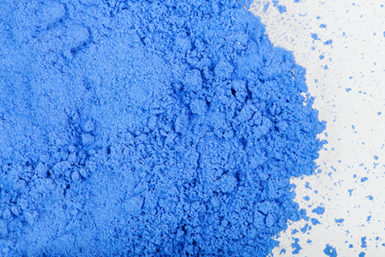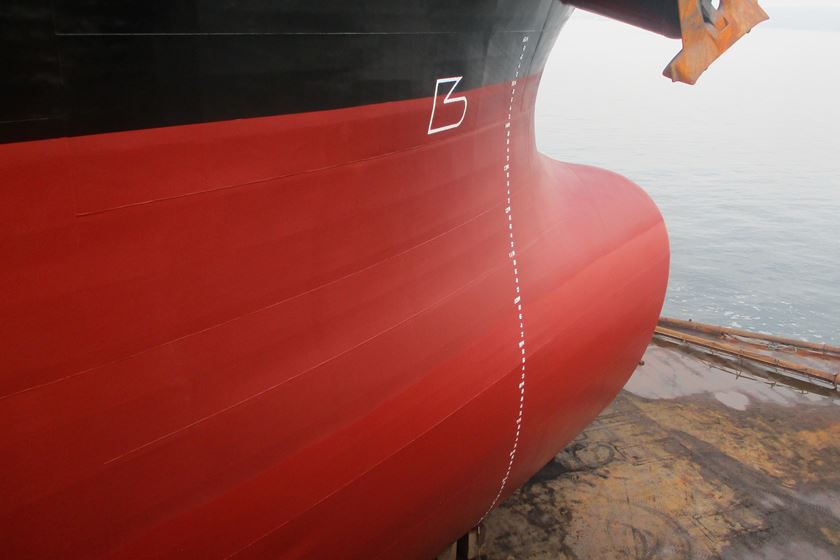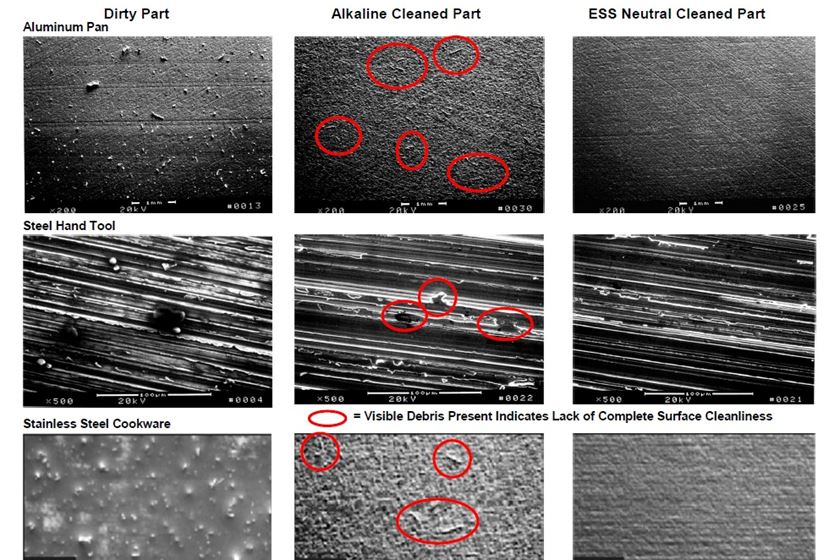Proper Sieve Size for Powder Coating's Smooth Results
Kevin Biller at ChemQuest Powder Coating Research gives recommendations for sieve size to ensure surface smoothness.
#asktheexpert

Q: Which size sieve is normal for production of high glossy and smooth powder coating?
A: High glossy and smooth powder coatings require a narrow particle size distribution. The top end “scalp” is critical to ensure the desired smoothness. Good milling conditions are also important to make sure there is minimal waste, so it is wise to manage the grinding process first. The rotor speed and classifier wheel settings need to be optimized to minimize both the fines (<10 microns) and coarse fractions (>100 microns).
As for sieve size, I would start with a 125-micron screen, then check particle size distribution and, most importantly, film smoothness. If this does not produce the desired smoothness, then move to a 100-micron screen. This should yield the desired smoothness; however, you may have a large quantity of “overs” (>100 microns). This fraction can be reintroduced to the mill to manage the yield. If the 100-micron screen doesn’t produce the desired smoothness, then you must work on reducing the viscosity of the resin system. In addition, you may also have to slow down the cure rate of the resin/crosslinker.
About the Author
Kevin Biller
Kevin Biller is the director of ChemQuest Powder Coating Research. Visit chemquest.com.
RELATED CONTENT
-
Selecting the Right Outdoor-Durable Powder Coating
The powder coating industry offers an array of chemistries to provide an excellent match to the manufacturer’s expectations for outdoor durability.
-
Surface Preparation for Best Adhesion for Powder Coating
Kevin Biller with ChemQuest recommends the proper way to prepare a surface for powder coating that leads to excellent adhesion on 304SST.
-
Powder Coating Week 2024 Offers Education and Networking
On March 11-13, 2024, this event for powder coaters will combine training, presentations, technical sessions, tabletop exhibits, roundtable discussions, expert panels and social activities.
















